

BC Indy
gamer level 6
9593 xp
9593 xp
followers
46
46
Use my invite URL to register (this will give me kudos)
https://boardgaming.com/register/?invited_by=bcindy
profile badges
...
...


recent achievements

The Bronze Heart
Give 10 Bronze Hearts to games that you like.
Give 10 Bronze Hearts to games that you like.

I'm Completely Obsessed
Play a specific game 50 times
Play a specific game 50 times

Spread the Word
Find your favorite games and share them with your friends via the social sharing buttons.
Find your favorite games and share them with your friends via the social sharing buttons.

Viscount / Viscountess
Gain 25 total followers
Gain 25 total followers
Player Stats
Critic (lvl 3)
745 xp
745 xp
Explorer (lvl 2)
459 xp
459 xp
Professor (lvl 3)
836 xp
836 xp
Reporter (lvl 1)
149 xp
149 xp
About Me
My name is Brian and I live in a suburb outside of Indianapolis with my wife and daughter. I enjoy boardgaming with family, friends and my two gaming groups (which contain many friends). Right now my favorite games are Sid Meier's Civilization: The Board Game (2010 FFG) and Trajan. I love to try new games and attend Cons (GenCon, IndyCon, Origins, SchuthCon, etc). My game collection has swelled to over 350 games and I am looking to slow down on acquisitions.
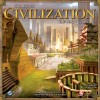

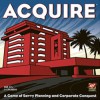







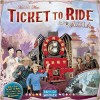



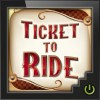





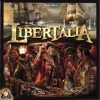











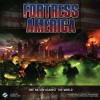
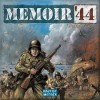
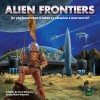


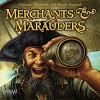
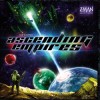
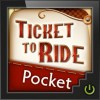










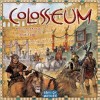

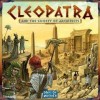
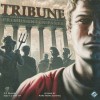


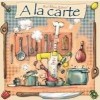
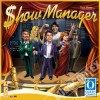
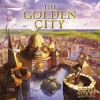
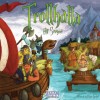

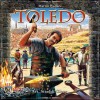


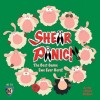







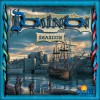
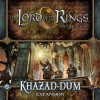



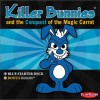
















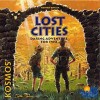



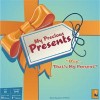













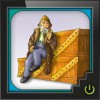
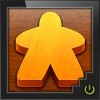
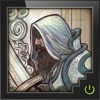
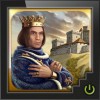
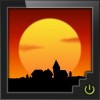
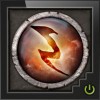
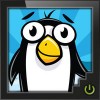
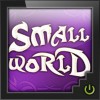

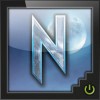


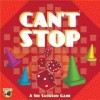



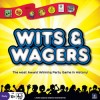


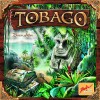

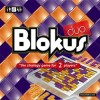

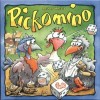


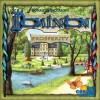




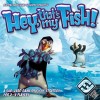







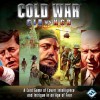





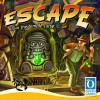
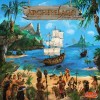
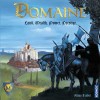









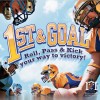





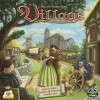


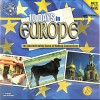







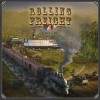
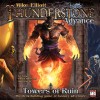


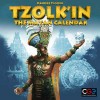
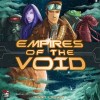









Fleet
Background
Boardgames can be a bit like art in that they are a form of self-expression, can come from unexpected sources and can be solely judged on their own merits rather than their pedigree. Fleet is a game by first time designers Matt Riddle and Ben Pinchback. Matt and Ben are lifelong friends who grew up and now work together as engineers at a Fortune 500 company in Detroit. After a few years of playing various ‘euros’ decided in their spare time (lunch hours) to create “the best game ever”. While they use that phrase tongue-in-cheek, they were successful in creating a solid game that ultimately picked up by Gryphon Games, who ran a successful Kickstarter campaign and published the game. At GenCon 2012, I was able to sit down with Matt to learn and play the game of Fleet.
Overview
Fleet is a card game set in the harsh high seas of the Arctic Ocean. Players will control a fleet of ships trying to most successfully fish the treacherous waters and, of course, score the most victory points. The main mechanics of the game are auctions and hand management. It has some of the essence and feel of Race for the Galaxy without all of the hard-to-learn iconography and with a well-connected theme.
The game accommodates 2 to 4 players and initially plays in about 45 minutes. Subsequent plays will reduce the average playing time to about 25 – 30 minutes per game. It is easy to learn and teach and has a similar complexity and weight to games like Dominion, Thunderstone, Eminent Domain, and Ascension (but with fewer cards than most of those).
Gameplay
The game is played over several rounds whose number is determined by certain game end conditions. Each round has five phases:
Phase 1: License Action – Players bid using cards for various fishing licenses’ of differing types.
Phase 2: Launch Boats & Hire Captains – Players may launch a boat by paying boat costs in cards and/or hire captains to boats by placing a card from their hand face down over one of their boats.
Phase 3: Fishing – Players place a crate of fish onto each of the captained boats with space available.
Phase 4: Processing and Trading – Players can process crates of fish on processing vessel and later trade them for a boat card.
Phase 5: Draw – Players draw two cards form the boat card supply and discard one.
The game ends on the round that one of the following occurs: there are not enough license cards to completely refresh the license auction, or there no more fish crates available.
The winner is determined by adding up victory points listed on purchased license cards and launched boats. And one victory point for each crate of fish on a boat and bonus victory points gained for the King Crab license.
Summary
The game is dripping with theme. You really feel like you are at sea fishing. The game is easy to learn but has deep veins of strategy. There is a lot of open information, so you can see what is happening without a photographic memory. The game is low in confrontation so feelings unlikely to be hurt. The gameplay is solid and fun. It reminds me of a San Juan (the cardgame follow up to Puerto Rico) with simpler gameplay and better art. It is fresh and different enough to put in any collection.
This game is great for:
• New players. You do not need a lot of experience to play this game.
• Players looking for a solid cardgame or medium weight filler game.
• Fans of deep sea fishing or deep sea fish TV.
• All types: Family, Casual, Social, Avid, and some Strategy and Power Gamers.
This game probably won’t work for:
• Someone looking for a long, heavy strategy game.
• People who are looking for direct conflict in their games.
• Power or strategy gamers who need strong levels complexity to feel satisfied.
Notes and acquisition
Currently, the game widely available in online game stores for about $20. I doubt it becomes a standard game in every boardgamer’s library but a nice change of pace.